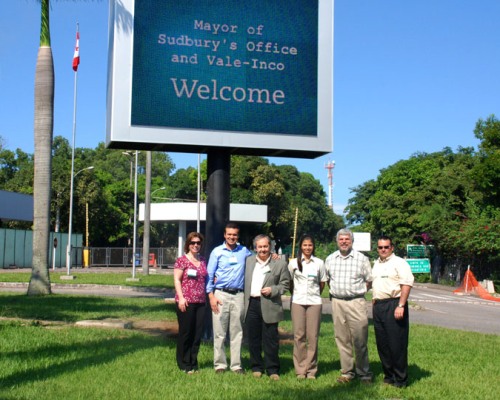Northern Life, Greater Sudbury’s community newspaper, gave Republic of Mining.com permission to post Bill Bradley’s article. www.northernlife.ca
 “This study is in no way associated to the previous 100 years of health risks and exposures from the 100 million tons of pollutants our historical Sudbury citizens faced and the effects it might have caused, which citizens personally live with today.” Rick Grylls President, Local 598/CAW Sudbury Mine, Mill and Smelter Workers Union
“This study is in no way associated to the previous 100 years of health risks and exposures from the 100 million tons of pollutants our historical Sudbury citizens faced and the effects it might have caused, which citizens personally live with today.” Rick Grylls President, Local 598/CAW Sudbury Mine, Mill and Smelter Workers Union
The debate is not over. Comments regarding the Sudbury Soil Study are still coming in. Rick Grylls, Sudbury Mine, Mill and Smelter Workers Union, Local 598/CAW president, released a 13-page letter earlier this month disputing the study’s terms of reference.
“I was informed that the technical committee, the decision making body of the Sudbury Soil Study, discussed my letter at their last meeting on Thursday,” said Grylls.
According to Grylls, the real flaw in the Sudbury Soil Study is that the terms of reference for the research were already set before union representatives were able to participate in the study as observers.

























